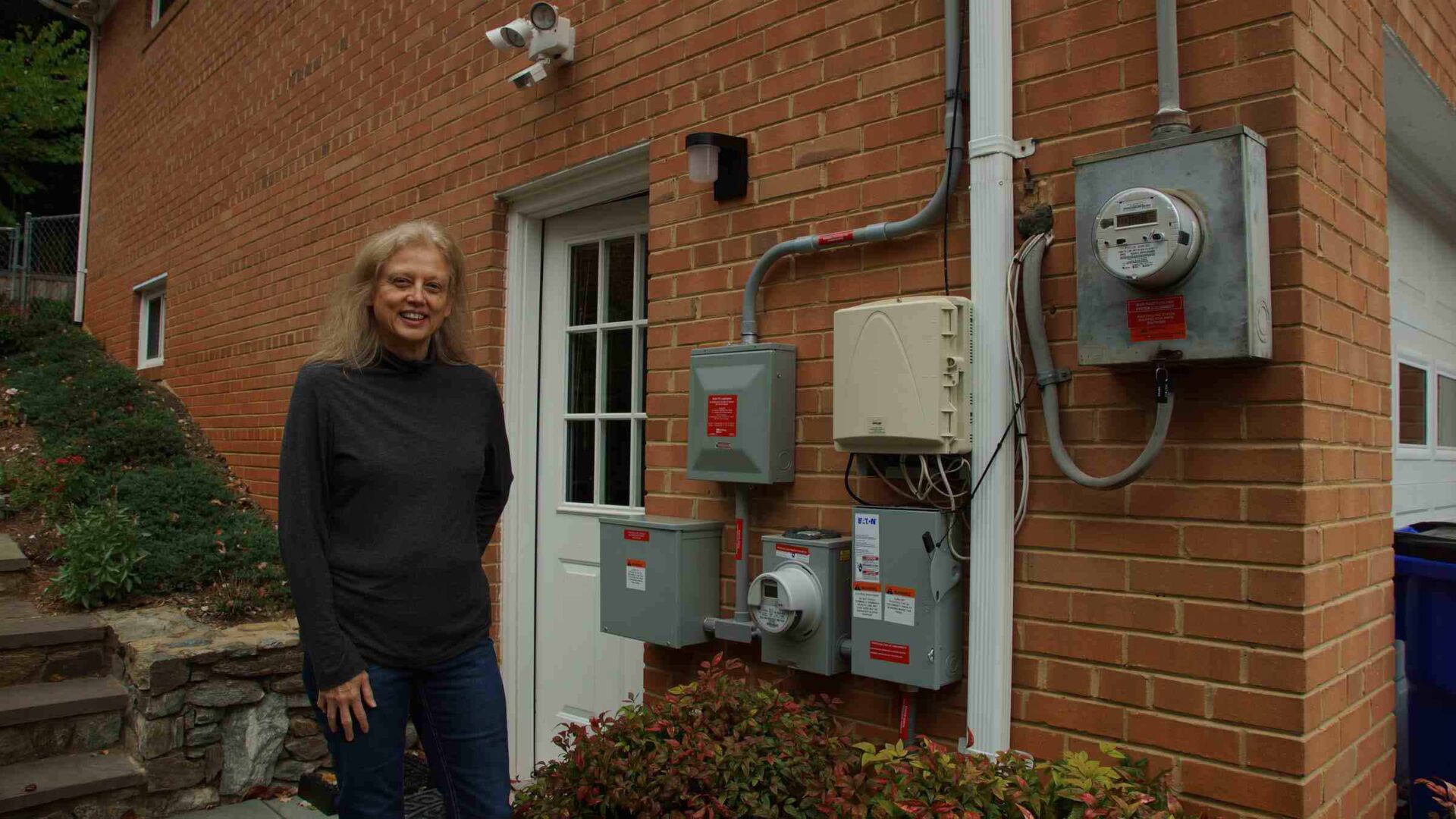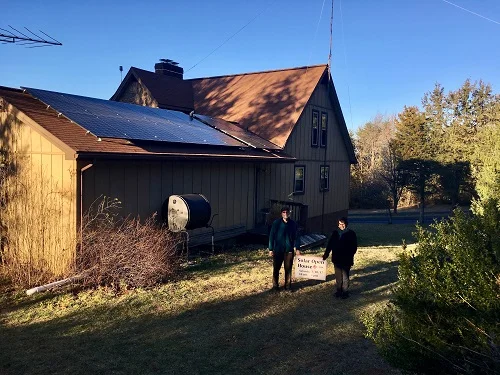Net metering in Minnesota
- Factsheet

What is net metering?
Net metering is the policy that allows people with solar to get a credit on their electric bill for the energy they produce from their system.
Net metering in Minnesota
Minnesota Statute 216B.164 establishes the rules of net metering in Minnesota. Customers of any public utility, municipal utility, and rural electric coops may net meter.
Customers with systems under 1 megawatt (MW) — or 100 kilowatt (kW) for cooperative/municipal utility members — will choose their compensation rate based on their system’s qualifications.
How can I calculate my compensation rate?
- Average utility energy rate for systems under 40 kW AC.
- Simultaneous purchase and sale rate for systems under 1 MW AC (or 40 kW AC for cooperative/municipal utility members).
- Time-of-day rate for systems under 1 MW AC (or over 40 kW but less than 100 kW AC for cooperative and municipal utility members), in which the customer is compensated a set rate based on the time of day their energy is produced and delivered to the electric grid.
Systems more than 40 kW must be limited to 120% of production.
The Minnesota Public Utility Commission details net metering requirements and compensation rates here.
There is no cap on total net-metered generation. However, a public utility may request that the Public utility commissions (PUCs) limit net-metering once net metered generation has reached 4% of the utility’s annual electricity sales.
System requirements include:
- State-wide net metering cap: No cap, may be evaluated once net metering generates 4% of utility electricity sales
- Applicable Utilities: All utilities
- Policies expanding net metering
- Aggregate net metering
- Community solar gardens
- Additional barriers: Net metering customers may incur additional fees from electric cooperatives and municipal utilities

Billing and compensation
Utility customers with net metered systems will be credited for each kilowatt produced by their system and each month will be billed for the number of kilowatt hours they used, minus the number of kilowatt hours generated.
If your generation exceeds your usage for a given month, you will receive a credit for each excess kilowatt hour to be applied in later months when you generate less electricity than you consume. Municipal utilities and electric coops may charge net metered customers additional fees to recover any associated fixed costs.
Compensation for excess generation can depend on which type of electricity provider you use and the size of your system. For all systems 40 kW in capacity or below, compensation is at the average annual retail electricity rate. For systems between 40 kW and 1 MW, compensation is at the public utility’s avoided cost rate.
Alternatively, any customer can request to be compensated in the form of a per-kilowatt-hour credit, which carries over from month to month. At the end of the year, customers of public utilities will be compensated at the avoided-cost rate and customers of municipal utilities and electric coops will have their credits expire.
Other types of net metering in Minnesota
- Aggregate net metering: Public utilities are required to offer aggregate net metering to customers. All meters involved must be on contiguous property and owned by the same property owner.
- Read about community solar in Minnesota.
Take action
- If you’re having trouble with net metering and need help, post to the Solar United Neighbors of Minnesota listerv.
- Submit a comment to the PUC.
Minnesota resources
- Minnesota Power
- Otter Tail Power
- Xcel Energy interconnection and net metering info
- Minnesota Community Solar Gardens
- Community solar in Minnesota
- Minnesota Department of Commerce
Go solar in Minnesota!
Get the latest on solar straight to your inbox.
Fight for your solar rights.
Everyone has the right to go solar. Spread the sunshine nationwide and in your local community by taking action, joining events, and more.